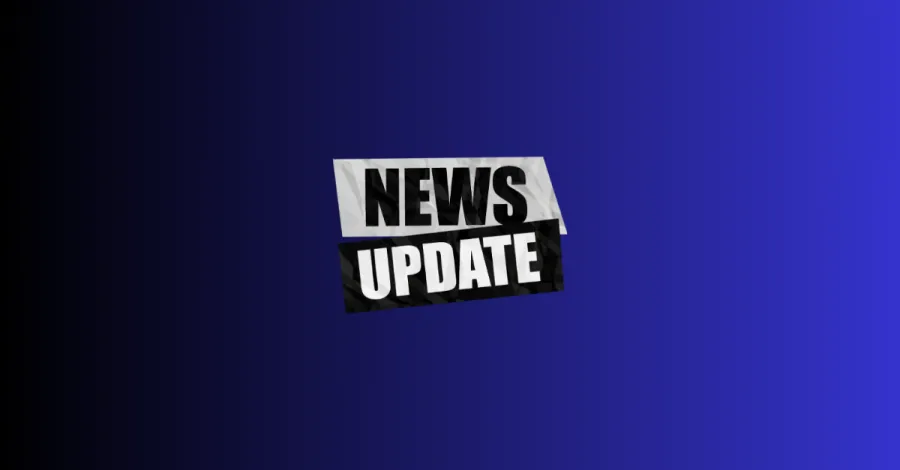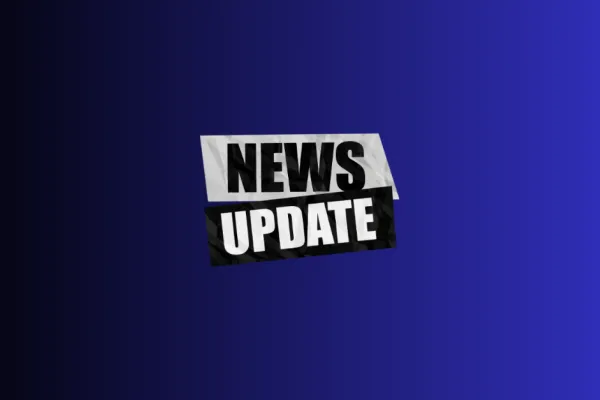Schools and Libraries Connecting the Unconnected

About 100 million Americans do not have broadband access at home. Numerous surveys tell us why: lower-income people can't afford computers and Internet access, many people don't know how to use the technology, others don't see the value of the Internet, and about 12-24 million Americans still don't have access to broadband networks.
But when libraries and schools reach out to non-users with training programs that address their needs and interests, and couple digital education with low-cost home broadband, netbooks, and public computing centers, non-adopters become Internet savvy users.
That's what is happening throughout the country, often through innovative programs funded by federal broadband stimulus grants. The Broadband Technology Opportunities Program (BTOP) provided $251 million to 44 broadband adoption programs and $261 million to 66 public computing center programs. On March 29, leaders of some of these programs came to Washington D.C. to tell their stories.
And those stories are inspirational and instructive. They provide a roadmap to close the digital divide in broadband adoption.
In Boston, the Tech Goes Home program provides school-based digital literacy training to parents and their kids, helping parents learn not only computer skills, but also how to connect to their kids' teachers, search for jobs, and gain financial literacy skills. Upon completion, these low-income families can purchase subsidized netbooks for $50 and buy Internet access for $11 per month. As a result of this program, 65 percent of these English-speaking parents and 84 percent of the non-English speaking parents got more involved in their kids' schools. In addition to Tech Goes Home, a $4.3 million City of Boston grant supports a computer education program for seniors in public housing developments and an Online Learning Readiness program for unemployed residents teaching workforce development skills.
In New Mexico, librarians across the state are teaching low-income, largely non-English speaking adults how to use the Internet to strengthen their small businesses. A $1.5 million grant also funds town hall meetings and a statewide summit to develop a statewide plan to achieve broadband for all. A separate stimulus-funded broadband planning grant will help the state move forward to implement the plan.
In New York, librarians at 30 libraries are teaching residents in economically distressed communities how to use the Internet to search for jobs, for career advancement, and other computer literacy skills. They also have five mobile vans — loaded with laptops and wireless connections — that go into communities that may be too far from a public library. They're partnering with 186 community organizations and state agencies, with a particular focus on small business owners.
And in seven more communities — Appalachian Ohio; Detroit, MI; Lexington, KY; Manatee County, FL; and Winston-Salem/Forsyth County, NC — One Community's $18.7 million Connect Your Community program provides digital literacy training focused on workforce development and financial literacy. Some of these communities — such as those in Appalachia — lack broadband access to many homes, so residents rely on schools and libraries for computer access. Here, too, is an important key to success: strong partnerships with community-based organizations.
These, and other broadband stimulus adoption and public computing grants, illustrate what we need to do in order to get every American online with affordable access to all of the online information that they, and their children, need.
- We must have universal, high-quality high-speed networks.
- We need to upgrade the network capacity in our public computing access points in schools, libraries, and other community anchor institutions to the one gigabyte recommended in the National Broadband Plan.
- We must expand digital literacy programs geared to people's interests, needs, and lives and provided by trusted community institutions.
- We need to find ways to make computers and broadband access affordable to all.
We have to move beyond model programs to national broadband adoption programs. We need to support higher levels of connectivity at community anchor institutions. As NTIA Administrator Larry Strickling told the March 29 gathering organized by the Schools, Health, Libraries Broadband Coalition, "Community anchor institutions are underserved." Data from the recently released National Broadband Map reveals that less than two-thirds of schools and 96 percent of libraries connect at speeds below 25 mbps. Yet, the state technology directors association recommends a minimum of 100 mbps connectivity for every 100 students.
We have ways to pay for this. CWA and Speed Matters have long called for the creation of a Digital Literacy Corps as part of the AmeriCorps national service program. The FCC's E-Rate program that subsidizes connectivity to schools and libraries should be expanded to help these anchor institutions expand network capacity. A portion of the FCC's Universal Service Fund should be available for broadband adoption programs coupled with low-income subsidies for access and equipment. Broadband providers should see the business case in bringing non-adopters online and expand their support for digital literacy coupled with low-cost netbooks and broadband access.
Grants Awarded (Broadband USA)
New York State Library Broadband Technology Program (BTOP) Grant Project
Broadband Brigade members turn out to protect good, union jobs and reliable broadband service
CWA condemns Trump NTIA changes to BEAD funding policies

